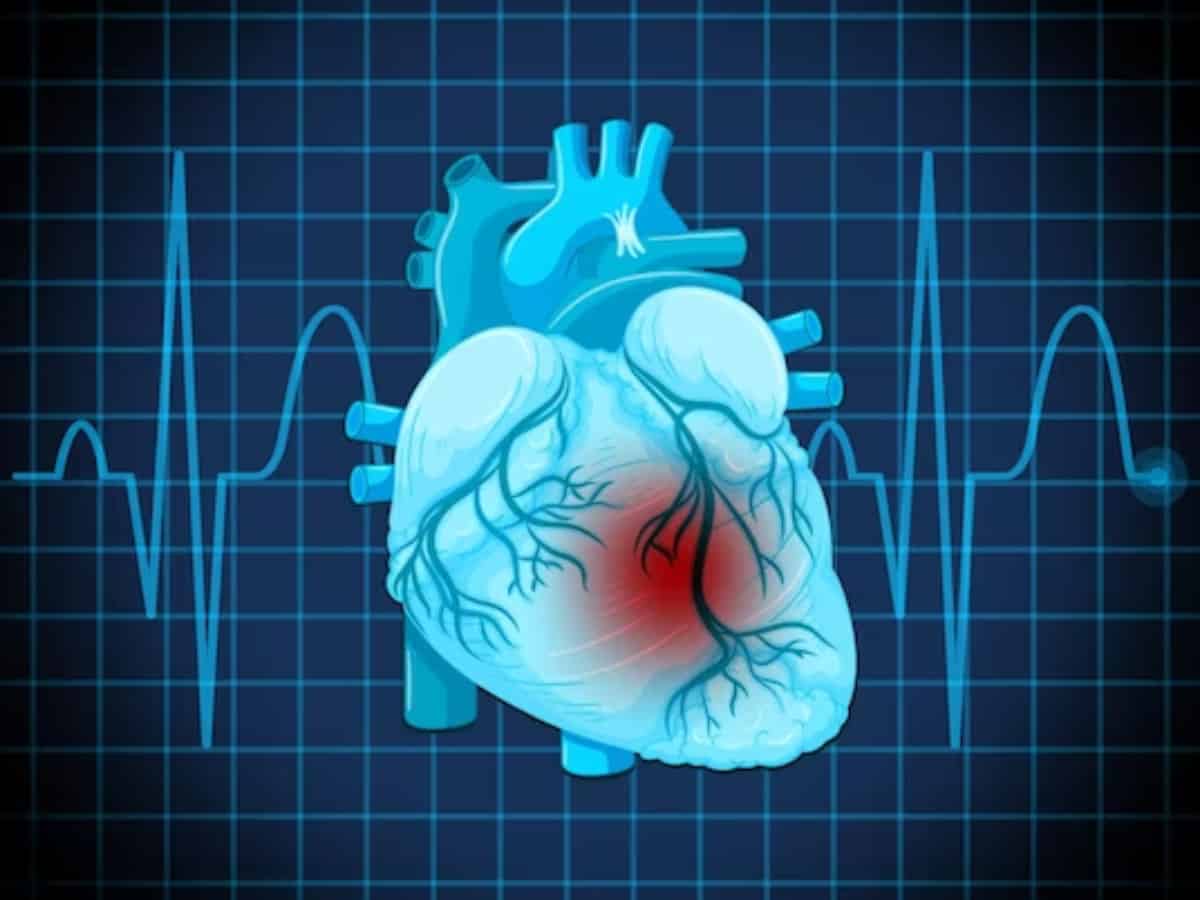
London: British researchers have developed a novel artificial intelligence (AI) tool that can predict a person’s risk of a lethal heart rhythm with 80 per cent accuracy.
Ventricular arrhythmia (VA) is a heart rhythm disturbance originating from the bottom chambers (ventricles). The condition is characterised by rapid beating of the heart, and lowering blood pressure which can further cause loss of consciousness and sudden death if not treated immediately.
The AI tool called VA-ResNet-50 was developed by a team led by the University of Leicester in the UK. In their study, published in the European Heart Journal – Digital Health, the tool was used to examine Holter electrocardiograms (ECGs) of 270 adults taken during their normal daily routine at home between 2014 and 2022.
About 159 had experienced lethal ventricular arrhythmias, on average 1.6 years following the ECG.
VA-ResNet-50 was retrospectively used to examine “normal for patient” heart rhythms to see if their heart was capable of lethal arrhythmias.
In four out of every five cases, the AI tool correctly predicted which patient’s heart was capable of ventricular arrhythmia.
“Current clinical guidelines that help us to decide which patients are most at risk of going on to experience ventricular arrhythmia, and who would most benefit from the life-saving treatment with an implantable cardioverter defibrillator are insufficiently accurate, leading to a significant number of deaths from the condition,” Professor Andre Ng, Professor of Cardiac Electrophysiology and Head of Department of Cardiovascular Sciences at the varsity.
Importantly, “if the tool said a person was at risk, the risk of lethal event was three times higher than normal adults,” the professor said.
Using artificial intelligence in examining patients’ electrocardiograms, “while in normal cardiac rhythm offers a novel lens through which we can determine their risk, and suggest appropriate treatment; ultimately saving lives”, he added.
